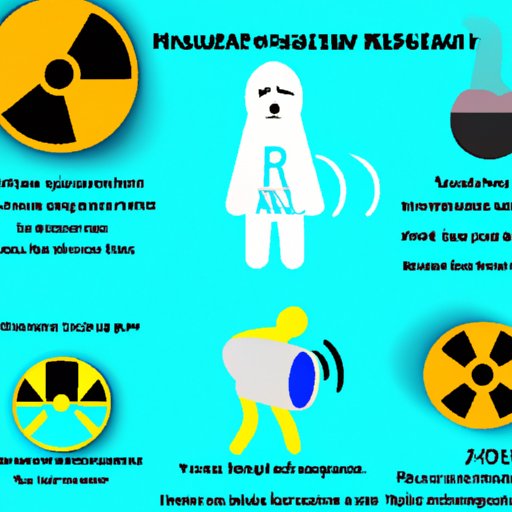Exploring the Science of Radioactivity After a Nuclear Stress Test
A nuclear stress test is an imaging procedure used to assess the health of your heart and blood vessels. It involves injecting a small amount of radioactive material into your body, which allows doctors to track your blood flow and pinpoint any potential blockages or irregularities. But while this test can be beneficial in diagnosing certain conditions, it’s important to understand the science behind the radioactivity involved. In this article, we’ll explore the science of radioactivity after a nuclear stress test, including how long you remain radioactive and the risks and benefits of this imaging procedure.
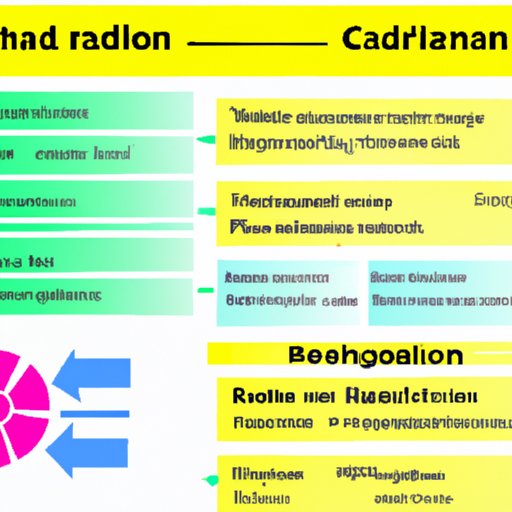
Definition and Overview of Radioactivity
Radioactivity is the process by which an atom emits energy through particles or electromagnetic waves. It occurs naturally in many elements, such as uranium, thorium, and radon. Radioactive materials are also used in medical procedures, including nuclear stress tests.
In a nuclear stress test, a small amount of a radioactive tracer is injected into your bloodstream. This tracer is a type of isotope, which is an atom that has an unstable nucleus. As the tracer moves through your body, it emits gamma rays, which allow doctors to detect and measure changes in your heart rate and blood flow.
Explanation of Nuclear Stress Tests
A nuclear stress test is a diagnostic imaging procedure used to evaluate the health of your heart. It’s typically recommended if you have symptoms of coronary artery disease, such as chest pain, shortness of breath, or fatigue. During the test, a doctor will monitor your heart rate and blood flow before and after exercise to identify any irregularities.
The test involves injecting a small amount of a radioactive tracer into your bloodstream. This tracer is usually technetium-99m (Tc-99m), which is a type of isotope with an unstable nucleus. As the tracer moves through your body, it emits gamma rays, which allow doctors to detect and measure changes in your heart rate and blood flow.
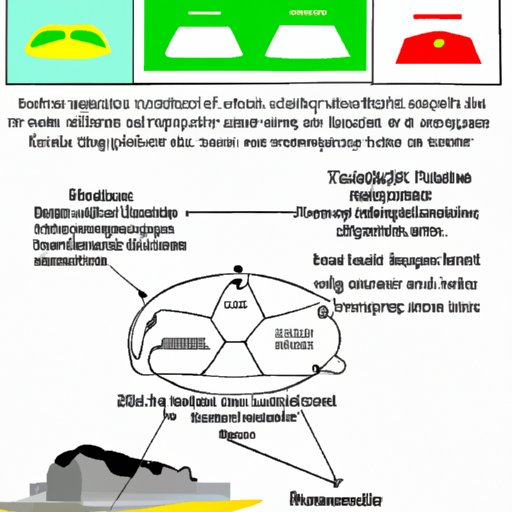
How Nuclear Stress Tests Use Radioactivity
Nuclear stress tests use radioactivity to assess the health of your heart and blood vessels. The radioactive tracer is injected into your bloodstream, and as it moves through your body, it emits gamma rays. These gamma rays are detected by special cameras, which create images of your heart. Doctors then use these images to identify any irregularities in your heart rate and blood flow.
The amount of radioactivity used in a nuclear stress test is very small, and the tracer only remains in your body for a short period of time. Most of the radioactivity is eliminated from your body within 24 hours, but some of it may remain for up to three days. During this time, you may experience some mild side effects, such as nausea, dizziness, or fatigue.
Understanding How Long You Remain Radioactive After a Nuclear Stress Test
After a nuclear stress test, you may remain radioactive for up to three days. The amount of radioactivity used in the test is very small, and most of it is eliminated from your body within 24 hours. However, some of the radioactivity may remain in your body for up to three days.
The half-life of the radioactivity used in a nuclear stress test is typically six hours. This means that after six hours, half of the radioactivity will have decayed and been eliminated from your body. After 12 hours, half of the remaining radioactivity will have decayed. This process continues until all of the radioactivity has been eliminated from your body.
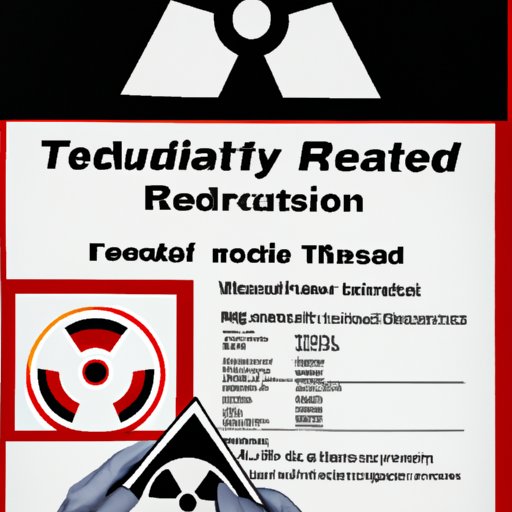
Radiation Safety Regulations After a Nuclear Stress Test
When undergoing a nuclear stress test, it’s important to follow radiation safety regulations. Your doctor should provide you with instructions on how to minimize your exposure to radiation. For example, you may be advised to avoid contact with pregnant women or young children for a few days after the test. You may also be asked to limit your contact with others, as well as refrain from sleeping in the same bed as someone else.
Your doctor may also advise you to drink plenty of fluids and take a mild laxative to help flush the radioactivity out of your body faster. Additionally, you may be asked to avoid using the bathroom for at least two hours after the test so that the radioactivity doesn’t contaminate the toilet.
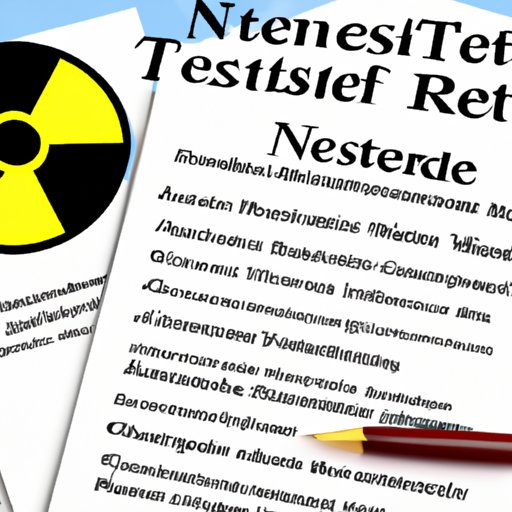
Reviewing the Risks and Benefits of Nuclear Stress Tests
Nuclear stress tests can be an effective way to diagnose heart conditions, but they do come with some risks. It’s important to weigh the potential risks and benefits before deciding whether or not to undergo a nuclear stress test.
Advantages of Nuclear Stress Tests
Nuclear stress tests offer several advantages over other imaging techniques. For one, they provide detailed images of your heart and blood vessels, which allow doctors to identify any blockages or irregularities. They can also be used to assess the effectiveness of certain treatments, such as medications or lifestyle changes. Additionally, they don’t require any surgery or invasive procedures.
Potential Side Effects of Nuclear Stress Tests
Although nuclear stress tests are generally safe, they do come with some potential side effects. These include nausea, dizziness, fatigue, headache, and chest pain. Additionally, there is a small risk of developing cancer due to the radioactive material used in the test.
Comparing Nuclear Stress Tests to Other Medical Imaging Procedures
Nuclear stress tests are just one of many imaging procedures used to evaluate the health of your heart and blood vessels. Other imaging techniques include echocardiograms, CT scans, and MRI scans.
Contrasts Between Nuclear Stress Tests and Other Imaging Procedures
Nuclear stress tests differ from other imaging procedures in several ways. For one, they involve injecting a small amount of radioactive material into your body, whereas other imaging techniques don’t. Additionally, nuclear stress tests provide more detailed images than other imaging techniques, which can be beneficial in diagnosing certain conditions.
Pros and Cons of Different Imaging Methods
Each imaging technique has its own pros and cons. Nuclear stress tests are quick and noninvasive, but they do involve a small amount of radiation. Echocardiograms are also noninvasive, but they can only provide limited images. CT scans provide more detailed images than echocardiograms, but they do expose you to more radiation. MRI scans provide even more detailed images, but they can be uncomfortable and time consuming.
Examining the Potential Side Effects of Nuclear Stress Tests
Nuclear stress tests come with some potential side effects, such as nausea, dizziness, and fatigue. Additionally, there is a small risk of developing cancer due to the radioactive material used in the test.
Common Side Effects of Nuclear Stress Tests
The most common side effects of nuclear stress tests are nausea, dizziness, fatigue, headache, and chest pain. These side effects are usually mild and will go away within a few days. However, if you experience any severe side effects, contact your doctor.
Tips for Minimizing Side Effects
If you’re concerned about the potential side effects of a nuclear stress test, there are a few steps you can take to minimize them. First, make sure to drink plenty of fluids before and after the test, as this can help flush the radioactivity out of your body faster. Additionally, you should avoid contact with pregnant women or children for a few days after the test. Finally, talk to your doctor about any medications you may need to take to reduce your risk of side effects.
Conclusion
A nuclear stress test is a diagnostic imaging procedure used to evaluate the health of your heart. It involves injecting a small amount of a radioactive tracer into your bloodstream, which emits gamma rays that allow doctors to detect and measure changes in your heart rate and blood flow. After a nuclear stress test, you may remain radioactive for up to three days. It’s important to follow radiation safety regulations during this time, such as avoiding contact with pregnant women or children and drinking plenty of fluids. Additionally, there are a few steps you can take to minimize any potential side effects, such as taking medications or avoiding certain activities.
Overall, it’s important to weigh the risks and benefits of nuclear stress tests before deciding whether or not to undergo the procedure. While the test can be beneficial in diagnosing certain conditions, it does come with some potential side effects. Talk to your doctor about the potential risks and benefits of a nuclear stress test to determine if it’s the right choice for you.
(Note: Is this article not meeting your expectations? Do you have knowledge or insights to share? Unlock new opportunities and expand your reach by joining our authors team. Click Registration to join us and share your expertise with our readers.)
